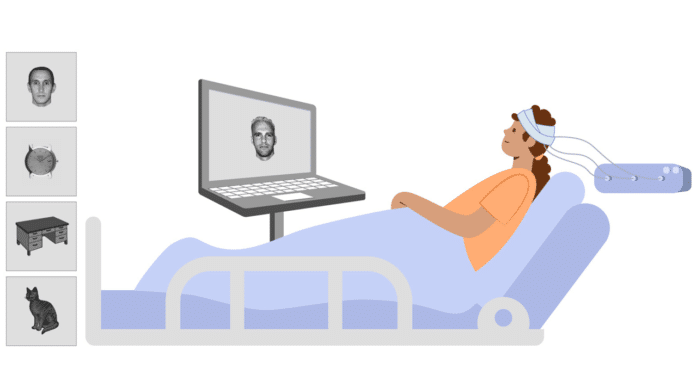In the vast realm of neuroscience, the elusive question of where conscious experience resides in the brain has remained a subject of intense inquiry and speculation. Countless studies have delved into the intricate workings of the human brain, attempting to decipher the neural basis of Consciousness. A groundbreaking research emerges, poised to shed new light on this enigmatic phenomenon.
Researchers aim to pinpoint the specific regions and mechanisms underlying our conscious awareness by employing cutting-edge technologies and innovative methodologies. In this exploration of the mind, we embark on a journey to unravel the mysteries of Consciousness and gain deeper insights into the very essence of human cognition.
Over a quarter of stroke victims experience a peculiar condition where they lose conscious awareness of half of their visual perception. For instance, after a stroke on the brain’s right half, they may only acknowledge what’s on the right side of their plate or see only half of a photo, disregarding the left side. Despite this, they can still emotionally react to the scene, suggesting that their brains process everything. However, they remain consciously aware of only half the world.
Unilateral neglect, a puzzling condition where individuals lose conscious awareness of half of their visual perception, raises a fundamental question in brain science: What differentiates perceiving something from being consciously aware of perceiving it? Your brain can register things without your conscious acknowledgment, leading to surprising actions like searching for shoe sales after passing a shoe store while scrolling through social media.
Recent research by neuroscientists from the Hebrew University of Jerusalem and the University of California, Berkeley, suggests they may have located the brain region responsible for retaining these sustained visual images for a few seconds during perception. Their findings were published in the journal Cell Reports.
Hebrew University of Jerusalem graduate student Gal Vishne, the lead author of the paper, said,” Consciousness, and in particular, visual experience, is the most fundamental thing that everyone feels from the moment they open their eyes when they wake up in the morning to the moment they go to sleep. Our study is about your everyday experience.”
While not fully explaining unaware perception, the recent findings offer promising practical implications for the future. They could assist doctors in assessing awareness in coma patients through brain activity analysis, potentially leading to improved treatments. Furthermore, gaining insights into Consciousness may open new avenues for developing therapies targeting consciousness-related disorders.
Professor Leon Deouell, a senior author from the Hebrew University, drew inspiration from stroke patients with unilateral neglect, fueling his quest to understand conscious awareness. The research delves into unraveling the mechanisms behind subjective experiences and the brain’s retention of information for action.
Robert Knight, another senior author from UC Berkeley, emphasizes how these findings contribute to the enigmatic puzzle of Consciousness, shedding light on how information remains accessible for behavioral responses.
Neuroscientists have long concentrated on the initial surge of brain activity when perceiving something. However, recent research led by Professor Leon Deouell from the Hebrew University and Professor Robert Knight from UC Berkeley reveals a second, sustained response that persists for several seconds after perception.
By recording brain activity from electrodes placed on epilepsy patients’ brains while showing them various images, the researchers found that visual areas of the brain retain information at a low activity level for much longer than previously thought. Contrary to earlier studies, the prefrontal and parietal cortexes become active only when something new is perceived. In contrast, the occipitotemporal area of the visual cortex remains active at a low level throughout the viewing process.
These findings could offer insights into the neural basis of stable perception over time and contribute to understanding Consciousness. Further studies will explore other brain regions related to memory and emotions. The research, supported by the U.S.-Israel Binational Science Foundation and the National Institute of Neurological Disorders and Stroke, brings us closer to a testable theory of Consciousness, shedding light on an area of study still full of unknowns.
Journal Reference:
- Gal Vishne, Edden M. Gerber et al., Distinct ventral stream and prefrontal cortex representational dynamics during sustained conscious visual perception. Cell Reports.DOI:10.1016/j.celrep.2023.112752.
